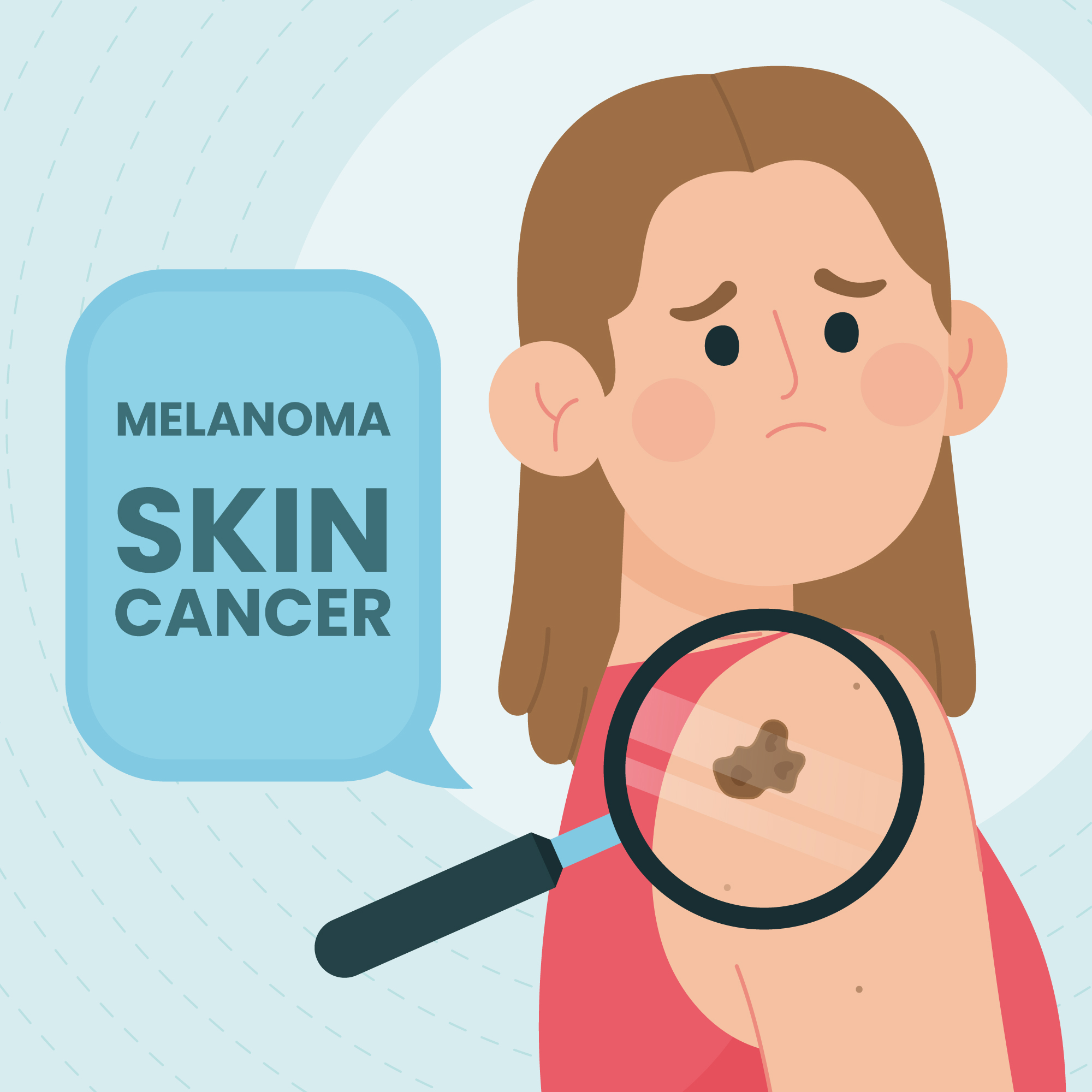

In order to prevent skin cancer nationwide, a new study sponsored by McGill University explores why residents of the Atlantic areas are more at risk for acquiring melanoma than other Canadians. Melanoma rates have been rising everywhere, including in Canada. Melanoma is a fatal kind of skin cancer. According to current projections, up to one in three Canadians will acquire skin cancer at some point in their lives. While the greatest incidence rates of melanoma are observed in some Atlantic provinces like Prince Edward Island (PEI) and Nova Scotia, surrounding provinces like New Brunswick and Newfoundland and Labrador have rates that are lower than or equivalent to the national norm.
The researchers analyzed UV exposure and habits among several Atlantic Canadian populations depending on criteria including wealth, education, and gender to determine why.
People with higher incomes are more likely to develop Melanoma:
According to the study, people with greater incomes are more likely to develop melanoma. This is at risk due to things like using tanning beds frequently and having a tan. Similar to this, people with university degrees were less likely to use tanning beds yet exposed to the sun more frequently for leisure purposes.
According to Dr. Ivan Litvinov, an Associate Professor in the Department of Medicine and Chair of the Dermatology Division at McGill University, “A higher socio-economic status is known to be associated with more vacations in sunny climates and recreational tanning, which likely ultimately drives melanoma incidence in this population.”
The research also revealed that people with annual incomes under $50,000 were more likely to work outside and be exposed to the sun at work, which increased their risk of skin cancer. According to the study’s findings, policies that safeguard outdoor workers may help lower the risk of developing melanoma.
UV exposure and history of skin cancer, sun protection, and level of anxiety between people with lower incomes ( CAD$50,000 annually) and people with higher incomes (> CAD$50,000 annually).
Sunscreen skepticism is higher among men:
The researchers discovered that when comparing men and women, women had less sun exposure and used more sun protection measures. Men were more likely to report having more sunburns overall, as well as having more exposure to the sun at work and play. Additionally, melanoma and other skin malignancies were more common in them.
Nonetheless, ladies wore fewer long-sleeved shirts and used tanning beds more frequently. According to the researchers, these practices could explain why women are more prone than males to get melanoma in their extremities.
In terms of skin cancer prevention, their study discovered that men have more unfavorable opinions about sunscreen use than women. Women were more concerned about new moles, and they were more likely to seek medical assistance from a family physician. According to the researchers, these behavioral tendencies may explain for women’s overall reduced melanoma incidence and mortality.
Implementing sun protection knowledge:
The data also suggest that persons in the most high-risk communities of PEI and Nova Scotia had higher sunburns and sun exposure than people in other regions such as Newfoundland and Labrador. Surprisingly, residents of these high-risk communities were more knowledgeable about sun protection and melanoma awareness.
Dr. Litvinov mentioned “To prevent skin cancer many Canadians really need to act on the knowledge they already have. Applying sunscreen is one of the effective ways to prevent skin cancer.”
According to the experts, public health measures targeted at lowering skin cancer should be customized to certain demographic groups. “You need to have a different sun protection message when you’re talking to a single young man versus a mother of three children,” Dr. Litvinov added.
“Governments also have a direct role to play in combatting rising rates of melanoma. It’s projected that the financial burden of skin cancer to the Canadian health care system could rise to one billion annually by 2030,” he continued. “Canada should follow in the footsteps of many countries that have removed sales tax on sunscreen to promote their use.”
more recommended stories
 Silica Nanomatrix Boosts Dendritic Cell Cancer Therapy
Silica Nanomatrix Boosts Dendritic Cell Cancer TherapyKey Points Summary Researchers developed a.
 Vagus Nerve and Cardiac Aging: New Heart Study
Vagus Nerve and Cardiac Aging: New Heart StudyKey Takeaways for Healthcare Professionals Preserving.
 Cognitive Distraction From Conversation While Driving
Cognitive Distraction From Conversation While DrivingKey Takeaways (Quick Summary) Talking, not.
 Fat-Regulating Enzyme Offers New Target for Obesity
Fat-Regulating Enzyme Offers New Target for ObesityKey Highlights (Quick Summary) Researchers identified.
 Spatial Computing Explains How Brain Organizes Cognition
Spatial Computing Explains How Brain Organizes CognitionKey Takeaways (Quick Summary) MIT researchers.
 Gestational Diabetes Risk Identified by Blood Metabolites
Gestational Diabetes Risk Identified by Blood MetabolitesKey Takeaways (Quick Summary for Clinicians).
 Phage Therapy Study Reveals RNA-Based Infection Control
Phage Therapy Study Reveals RNA-Based Infection ControlKey Takeaways (Quick Summary) Researchers uncovered.
 Pelvic Floor Disorders: Treatable Yet Often Ignored
Pelvic Floor Disorders: Treatable Yet Often IgnoredKey Takeaways (Quick Summary) Pelvic floor.
 Urine-Based microRNA Aging Clock Predicts Biological Age
Urine-Based microRNA Aging Clock Predicts Biological AgeKey Takeaways (Quick Summary) Researchers developed.
 Circadian Control of Neutrophils in Myocardial Infarction
Circadian Control of Neutrophils in Myocardial InfarctionKey Takeaways for HCPs Neutrophil activity.

Leave a Comment